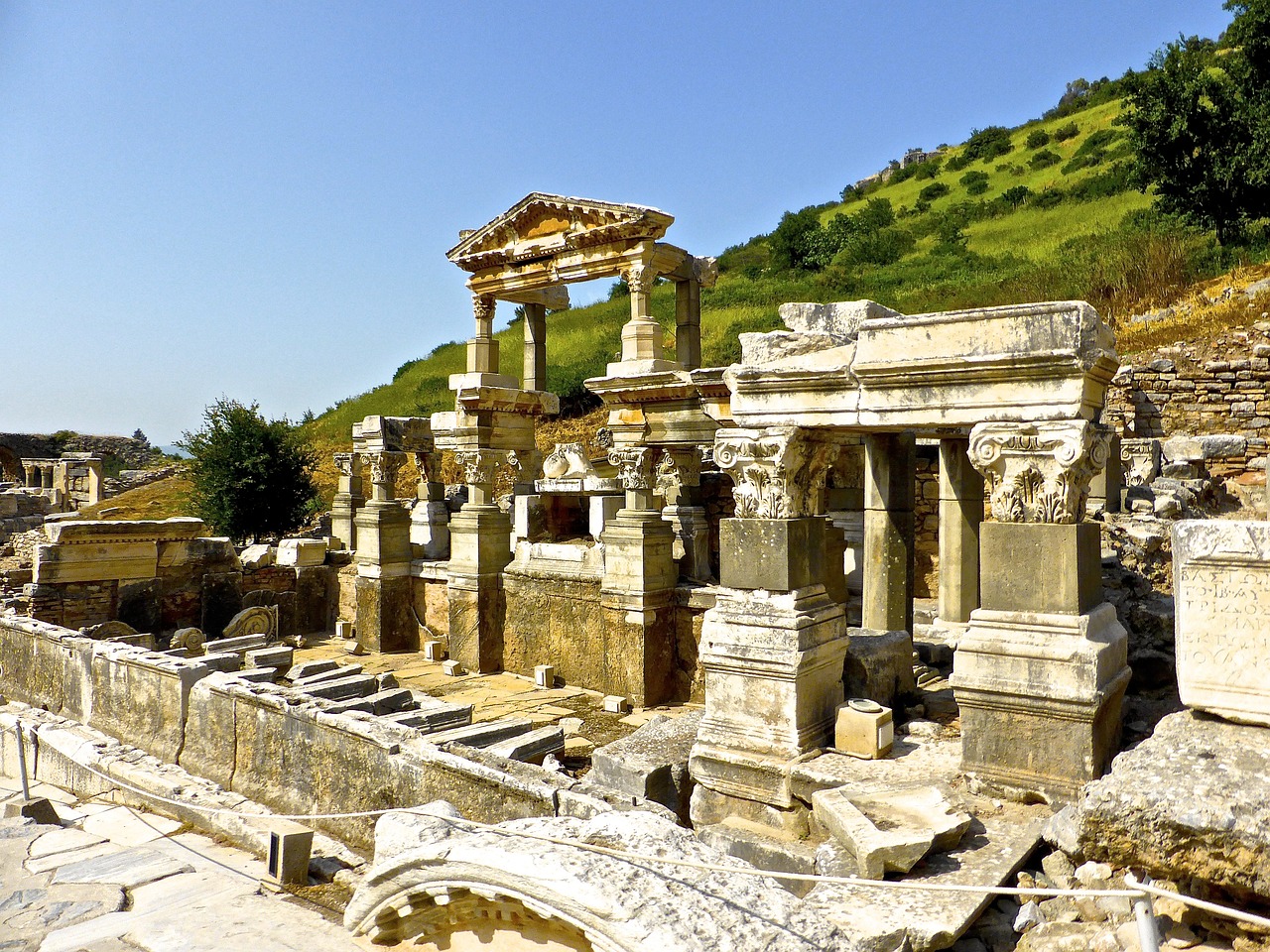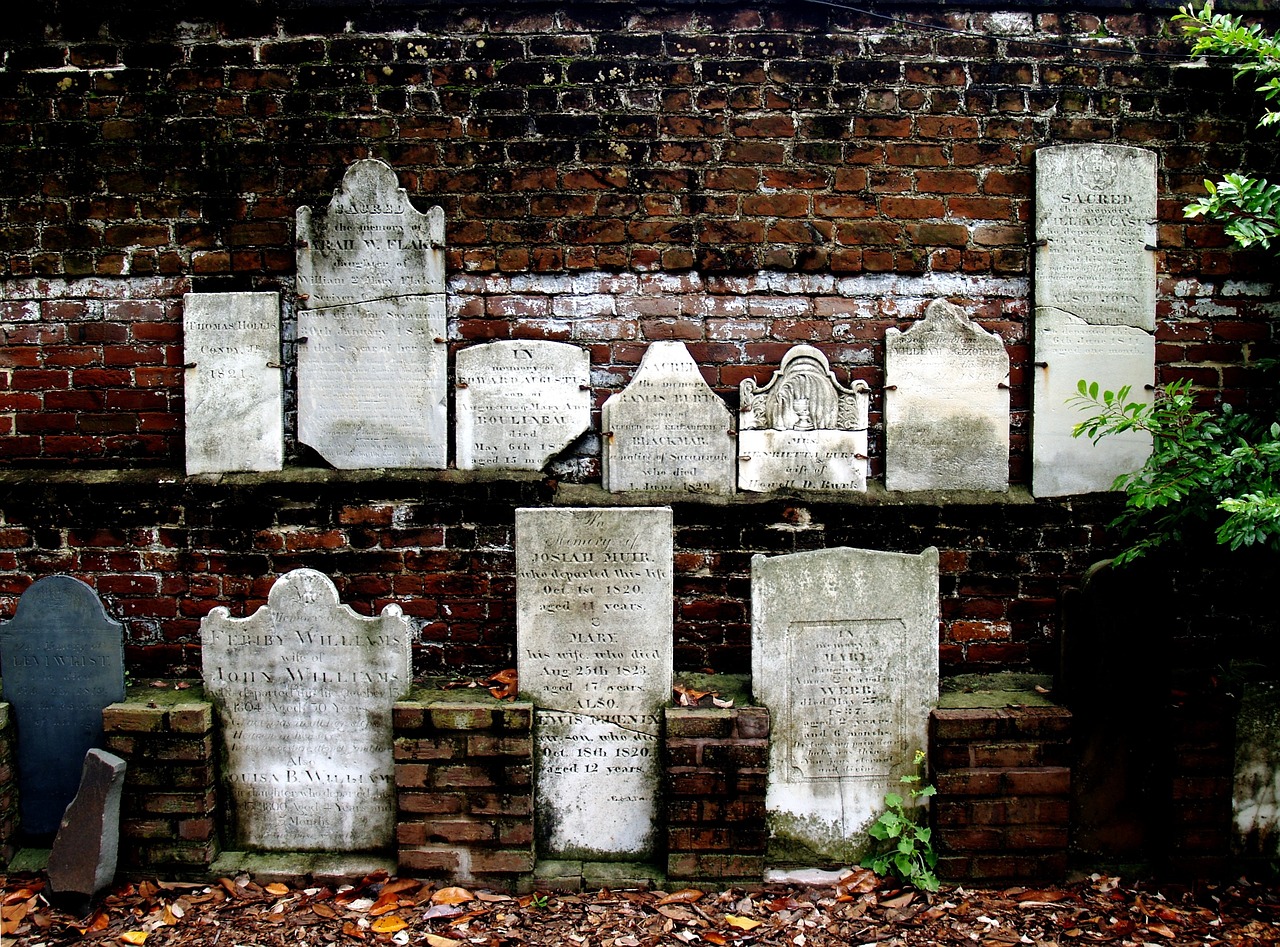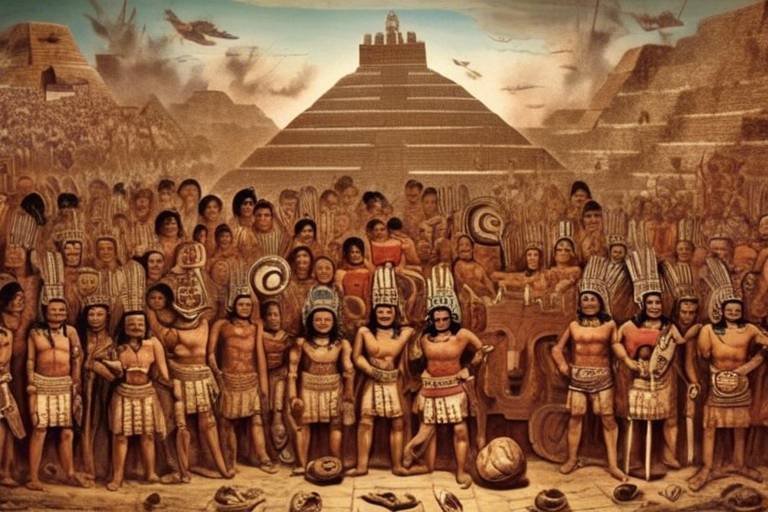The Civilization of Harappa - Insights from Archaeology
The ancient civilization of Harappa, nestled in the fertile plains of the Indus River Valley, continues to captivate archaeologists and historians with its rich tapestry of culture, society, and technological prowess. Through meticulous excavations and scholarly research, archaeologists have unearthed a treasure trove of insights into the enigmatic world of Harappa.
As the cradle of one of the world's earliest urban societies, Harappa flourished around 2600-1900 BCE, boasting well-planned cities, sophisticated drainage systems, and a thriving economy supported by trade networks that stretched far and wide.
Archaeological discoveries have revealed the meticulous urban planning of Harappan cities, with grid-like street layouts, multi-roomed houses, and public buildings indicating a high level of architectural sophistication. The advanced drainage systems, complete with covered sewers and public baths, speak volumes about the engineering prowess of the Harappan people.
Peering into the social structure of Harappa, archaeologists have uncovered a complex hierarchy, with evidence of distinct social classes, craft specialization, and a flourishing economy fueled by trade in precious metals, gemstones, and agricultural produce.
Moreover, the technological advancements of the Harappan civilization are evident in their standardized weights and measures, intricate metalworking techniques, and finely crafted pottery, showcasing a level of craftsmanship that was unparalleled in its time.
One of the enduring mysteries of Harappa lies in its enigmatic script, a yet-to-be-deciphered writing system that hints at a sophisticated form of communication and administrative record-keeping. The quest to unravel the secrets of the Harappan script continues to intrigue scholars and researchers.
Despite its remarkable achievements, the decline of the Harappan civilization remains shrouded in mystery, with theories ranging from environmental factors to invasions disrupting the once-thriving urban centers. The legacy of Harappa lives on in the echoes of its urban planning, technological innovations, and cultural practices that have left an indelible mark on subsequent civilizations.
Through comparative studies with other ancient cultures and ongoing research initiatives, archaeologists are piecing together the puzzle of Harappa, shedding new light on this ancient civilization that continues to surprise and inspire us with its enduring legacy.

History of Harappa
The history of Harappa dates back to around 2600 BCE, during the Bronze Age, when the civilization flourished in the fertile plains of the Indus River Valley. Named after the modern-day site of Harappa in Pakistan, this ancient civilization thrived for over a thousand years, encompassing a vast area of present-day Pakistan and northwest India.
Archaeological excavations have revealed that Harappa was one of the major urban centers of the Indus Valley Civilization, characterized by its well-planned cities, advanced infrastructure, and sophisticated culture. The origins of Harappa can be traced to the early village settlements that gradually evolved into complex urban centers with a high level of organization.
Over time, Harappa witnessed remarkable growth and development, with evidence of trade networks extending to Mesopotamia, Central Asia, and other regions. The civilization reached its peak around 2600-1900 BCE, displaying remarkable achievements in urban planning, architecture, arts, and technology.
However, around 1900 BCE, the decline of the Harappan civilization began, marked by various factors such as environmental changes, natural disasters, and possible socio-political upheavals. The once-thriving cities of Harappa and Mohenjo-Daro were gradually abandoned, leading to the eventual collapse of the civilization.
Despite its decline, the legacy of Harappa continues to intrigue archaeologists, historians, and researchers worldwide. The discoveries made at Harappan sites provide valuable insights into the ancient past, shedding light on the complex social structures, economic systems, and cultural practices of this enigmatic civilization.

Urban Planning and Architecture
Urban planning and architecture in the ancient civilization of Harappa stand as a testament to the remarkable ingenuity and foresight of its inhabitants. The city layouts of Harappa and Mohenjo-Daro, with their organized grid system, wide streets, and well-planned drainage systems, showcase a level of urban planning that was far ahead of its time. The meticulous design of the cities, with residential areas, public buildings, and marketplaces clearly demarcated, reflects a sophisticated understanding of spatial organization and civic management.
One of the most striking features of Harappan architecture is the uniformity and precision of brickwork seen in the construction of buildings and structures. The use of standardized bricks of the same size and shape, along with advanced techniques like corbelled arches and baked brick structures, points to a high level of architectural skill and craftsmanship. The Great Bath at Mohenjo-Daro, a large public bathing area built with finely fitted bricks and featuring an advanced drainage system, highlights the advanced engineering capabilities of the Harappan civilization.
Moreover, the presence of multi-story houses in Harappan cities indicates a well-developed understanding of architectural principles and construction methods. These multi-level structures, possibly serving as residential complexes or workshops, exemplify the urban sophistication and planning acumen of the Harappan people. The integration of private and public spaces within the city layout, along with the provision of public wells and bathing facilities, reflects a keen awareness of community needs and social organization.

Social Structure and Daily Life
Social Structure and Daily Life in the ancient civilization of Harappa offer intriguing insights into the organization of society and the routines of its people. Through archaeological excavations and discoveries, we have come to understand the intricate social hierarchy that governed Harappan life. At the apex of this structure were the rulers and priests, who held significant power and influence over the population. Below them were the artisans, merchants, and farmers, each playing a vital role in sustaining the civilization's economy and culture.
Family structure in Harappa was characterized by tight-knit communities living in well-planned cities. Houses were built with a focus on functionality and privacy, showcasing the importance placed on family life. The presence of elaborate bathing areas and sewage systems in homes indicates a high level of hygiene and urban planning. Religious practices were an integral part of daily life, with evidence of ritualistic ceremonies and offerings found in excavations.
Harappan society also valued craftsmanship and artistry, evident in the intricate pottery and metalwork unearthed at archaeological sites. Craft specialization allowed individuals to hone their skills in specific trades, contributing to the diverse range of goods produced and traded within the civilization. Agricultural practices were advanced, with evidence of irrigation systems and crop cultivation techniques that supported the growing population.
The daily life of Harappan people revolved around a bustling economy driven by trade and commerce. The presence of seals and weights suggests a well-regulated system of exchange, facilitating transactions both within the civilization and with external regions. The bustling marketplaces and workshops point to a vibrant economy supported by skilled labor and resource management.
Overall, the social structure and daily life of the Harappan civilization reveal a complex and organized society that thrived on innovation, collaboration, and cultural richness. Through archaeological findings, we continue to unravel the mysteries of this ancient civilization and gain a deeper understanding of the lives led by its people.
**Frequently Asked Questions:**- Q: What was the significance of family life in Harappan society?
- A: Family life in Harappa was highly valued, with well-planned homes and communal living spaces reflecting the importance placed on familial ties and relationships.
- Q: How did trade contribute to the economy of the Harappan civilization?
- A: Trade networks played a crucial role in sustaining the economy of Harappa, with evidence of craft specialization, agricultural practices, and exchange systems supporting a thriving marketplace.
- Q: What role did religion play in the daily life of Harappan people?
- A: Religious practices were integral to daily life in Harappa, with ritualistic ceremonies, offerings, and sacred spaces indicating a deep spiritual connection within the society.
- Q: How did social hierarchy influence the structure of Harappan society?
- A: The social hierarchy in Harappa was well-defined, with rulers, priests, artisans, merchants, and farmers each playing a specific role in maintaining the stability and prosperity of the civilization.

Trade and Economy
The trade and economy of the Harappan civilization were integral to its prosperity and development. Archaeological excavations have unearthed a complex network of trade routes that connected Harappa with distant regions, facilitating the exchange of goods and ideas. The presence of seals and artifacts bearing Indus script suggests a well-organized system of trade and commerce. The Harappans engaged in long-distance trade, importing raw materials such as copper, tin, and precious stones, while exporting finished goods like pottery, beads, and textiles. This trade surplus contributed to the economic stability of Harappa, enabling the growth of urban centers and supporting a thriving economy.

Technological Advancements
Exploring the ancient civilization of Harappa through archaeological discoveries and insights, shedding light on its culture, society, technology, and urban planning.
When we delve into the technological advancements of the Harappan civilization, we are met with a remarkable display of innovation and craftsmanship. One of the standout features of Harappan technology was their use of standardized weights and measures. This meticulous system allowed for precise calculations in trade and commerce, showcasing their advanced understanding of mathematics and trade practices.
Metalworking techniques also played a crucial role in the technological prowess of the Harappans. Archaeological findings reveal intricate metal objects crafted with skill and precision, indicating a high level of metallurgical knowledge. From copper tools to bronze ornaments, the Harappans demonstrated a mastery of working with metals that set them apart from contemporaneous societies.
Furthermore, pottery production methods employed by the Harappans showcased their expertise in ceramics. The pottery unearthed from Harappan sites displays a wide range of shapes, sizes, and designs, indicating a sophisticated understanding of clay properties and firing techniques. These pottery items not only served utilitarian purposes but also reflected the artistic sensibilities of the Harappan people.
If you're curious about the civilization of Harappa and want to learn more, here are some frequently asked questions that may provide further insights:
- What was the significance of the Harappan script?
- How did Harappan technology compare to other ancient civilizations?
- What led to the decline of the Harappan civilization?
- What is the legacy of the Harappan civilization on modern societies?

Writing and Script
Writing and script are crucial aspects of any ancient civilization, offering a window into their communication methods and cultural expression. The Harappan civilization, however, presents a unique challenge in this regard. Despite numerous archaeological findings, the Harappan script remains undeciphered, shrouded in mystery. Scholars have made various attempts to unlock the secrets of this ancient writing system, but the script's complexity has thwarted all efforts so far.
One of the intriguing features of the Harappan script is its lack of bilingual inscriptions, which could provide a key to decipherment. Unlike other ancient civilizations that left behind multilingual texts or inscriptions in known languages, the Harappans have left us with a script that stands alone, defying easy comparison. This isolation has puzzled researchers and fueled debates about the nature of the script and the language it represents.
Archaeologists have discovered numerous examples of Harappan script on seals, tablets, and pottery fragments, indicating that writing played a significant role in Harappan society. The uniformity of the script across different artifacts suggests a standardized system of writing, possibly indicating a centralized authority or widespread literacy among the populace. However, without a Rosetta Stone equivalent to crack the code, the meanings of these inscriptions remain elusive.
Attempts to decipher the Harappan script have involved comparisons with other ancient languages, statistical analyses of sign frequencies, and hypothetical mappings to known scripts. Despite these efforts, the script's underlying principles and linguistic content continue to elude researchers. The lack of a bilingual text or a key to unlock the script's grammar and vocabulary poses a formidable challenge to decipherment.
Nevertheless, ongoing research and technological advancements offer hope for future breakthroughs in understanding the Harappan script. With the application of computational algorithms, pattern recognition techniques, and interdisciplinary collaboration, scholars are continually pushing the boundaries of knowledge in unraveling the enigmatic writing system of the Harappan civilization.

Decline and Legacy
As we delve into the intriguing history of the Harappan civilization, we inevitably come across the enigmatic period of its decline and the enduring legacy it left behind. The decline of the Harappan civilization, once a flourishing urban center, remains a subject of debate among archaeologists and historians. Various theories have been proposed, ranging from environmental factors such as climate change and natural disasters to internal conflicts or invasions by outside forces.
Despite the uncertainties surrounding its decline, the legacy of the Harappan civilization is undeniable. Its sophisticated urban planning, advanced technological achievements, and intricate social structures have left a lasting impact on the course of human history. The remnants of Harappan cities, with their well-planned streets, drainage systems, and multi-story buildings, stand as a testament to the ingenuity and creativity of its inhabitants.
Moreover, the Harappans' expertise in trade and economy, evidenced by the presence of seals, weights, and standardized measures, highlights their engagement with distant regions and diverse cultures. This interconnectedness not only fueled their economy but also facilitated the exchange of ideas, beliefs, and innovations, enriching the cultural tapestry of the ancient world.
As we reflect on the decline and legacy of the Harappan civilization, we are reminded of the impermanence of human endeavors and the resilience of ancient cultures. The mysteries surrounding its downfall continue to intrigue scholars and enthusiasts alike, sparking new avenues of research and exploration into the depths of the past.

Comparative Studies and Future Research
When delving into the realm of comparative studies, the civilization of Harappa stands as a fascinating subject of analysis. Comparisons with contemporaneous civilizations such as Mesopotamia and Egypt unveil both similarities and distinctiveness, offering valuable insights into the interconnectedness of ancient societies. Through the lens of archaeology, researchers can unravel the intricate web of cultural exchanges, trade routes, and technological diffusion that characterized the ancient world.
Furthermore, ongoing research initiatives aim to expand our understanding of the Harappan civilization and its place within the broader tapestry of human history. By employing advanced scientific techniques and interdisciplinary approaches, scholars continue to unearth new discoveries and reinterpret existing data, shedding light on previously enigmatic aspects of Harappan society. The future holds promise for unraveling more mysteries and gaining deeper insights into the complexities of this ancient civilization.
Frequently Asked Questions
- What is the significance of the Harappan civilization?
The Harappan civilization, also known as the Indus Valley civilization, holds great significance as one of the world's earliest urban cultures. It flourished around 2600-1900 BCE, showcasing advanced urban planning, sophisticated drainage systems, and a complex social structure.
- How did the Harappan people engage in trade?
The Harappan civilization was involved in extensive trade networks, evidenced by the discovery of seals, pottery, and other artifacts in distant regions. They traded in various goods such as pottery, beads, metals, and possibly even agricultural produce.
- What do we know about the Harappan script?
The Harappan script remains undeciphered, posing a challenge to scholars. It is believed to have been a form of writing used for administrative purposes, but its exact meaning and language remain a mystery, adding to the enigmatic nature of the civilization.
- Why did the Harappan civilization decline?
The reasons for the decline of the Harappan civilization are still debated among archaeologists. Possible factors include environmental changes, such as shifts in river courses or climate patterns, as well as invasions or internal conflicts that may have disrupted the stability of the society.
- What legacy did the Harappan civilization leave behind?
Despite its decline, the Harappan civilization left a lasting legacy in terms of urban planning, trade practices, and technological innovations. Elements of their culture and practices may have influenced later civilizations in the Indian subcontinent, showcasing the enduring impact of this ancient society.



















